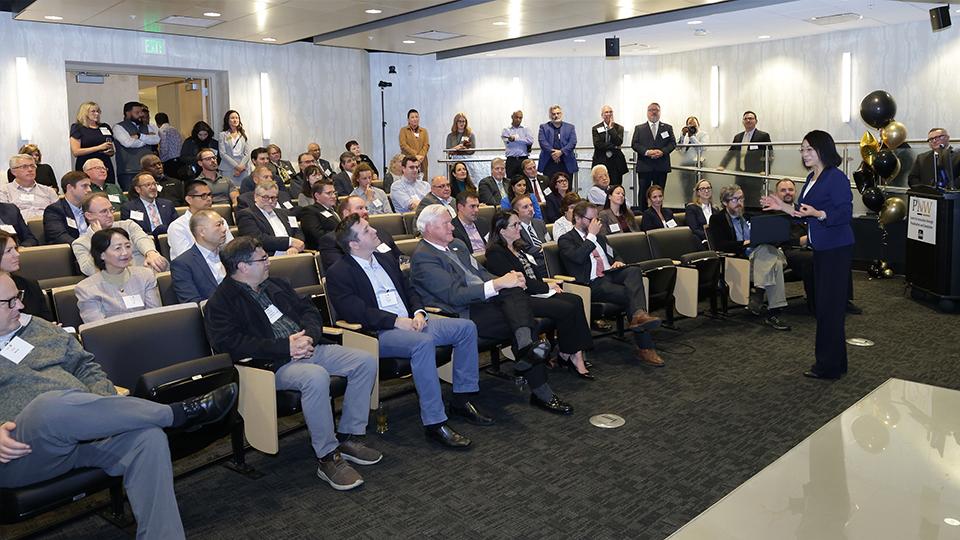Purdue Northwest receives $10M to study steelmaking emissions alternatives
Subscriber Benefit
As a subscriber you can listen to articles at work, in the car, or while you work out. Subscribe Now
The U.S. Department of Energy has awarded Purdue University Northwest nearly $10 million to study alternatives to carbon emissions in steelmaking.
The funding comes as part of a nationwide effort to move to net-zero carbon emissions during 2050.
Purdue Northwest’s Center for Innovation through Visualization and Simulation will use the grant to fund development of an industry-scale hydrogen reheating furnace operation that could advance efforts to reduce carbon emissions.
The type of reheating furnace Purdue Northwest’s team sets out to study is used in hot rolling mills used for steelmaking. These mills — about 80 of which exist today — currently rely on natural gas to reheat products. Purdue Northwest’s research aims to show about hydrogen could be used as an alternative fuel to reduce or replace carbon dioxide emissions.
“Traditionally, the U.S. industrial sector is one of the most difficult to decarbonize across our economy,” Jeff Marootian, an official with the Department of Energy, said in a news release. “This project will demonstrate how we can curb those emissions with clean hydrogen, potentially changing the U.S. steel industry forever.”
Purdue Northwest’s team is one of 40 projects supported by a collective $135 million in Department of Energy funds.
“An important part of PNW’s role in Northwest Indiana is to partner on impactful research that will improve the quality of life for its neighboring communities,” Purdue Northwest Chancellor Thomas Keon said in the release. “This project will contribute to the significant nationwide effort to develop clean energy solutions for major industrial sectors. To be recognized among other leading universities and research centers is a testament to the outcomes provided by PNW’s faculty and the CIVS team.”
The university is partnering on the project with Argonne National Laboratory, Cleveland-Cliffs, Gerdau, Linde, Oak Ridge National Laboratory and the Steel Manufacturing Simulation and Visualization Consortium.
